opencv3.0.0 识别表格
来源:互联网 发布:织梦 编辑器字体修改 编辑:程序博客网 时间:2024/04/25 01:32
转载地址:http://answers.opencv.org/question/63847/how-to-extract-tables-from-an-image/
As the others proposed finding the horizontal and vertical lines seems to be a nice way to go. Below you can find such a solution. In case you have any question feel free to ask, though I have added comments through my code so it should not be hard to follow.
#include <iostream>#include <opencv2/opencv.hpp>using namespace std;using namespace cv;int main(){ // Load source image string filename = "table.jpg"; Mat src = imread(filename); // Check if image is loaded fine if(!src.data) cerr << "Problem loading image!!!" << endl;// // Show source image// imshow("src", src); // resizing for practical reasons Mat rsz; Size size(800, 900); resize(src, rsz, size); imshow("rsz", rsz); // Transform source image to gray if it is not Mat gray; if (rsz.channels() == 3) { cvtColor(rsz, gray, CV_BGR2GRAY); } else { gray = rsz; } // Show gray image imshow("gray", gray); // Apply adaptiveThreshold at the bitwise_not of gray, notice the ~ symbol Mat bw; adaptiveThreshold(~gray, bw, 255, CV_ADAPTIVE_THRESH_MEAN_C, THRESH_BINARY, 15, -2); // Show binary image imshow("binary", bw);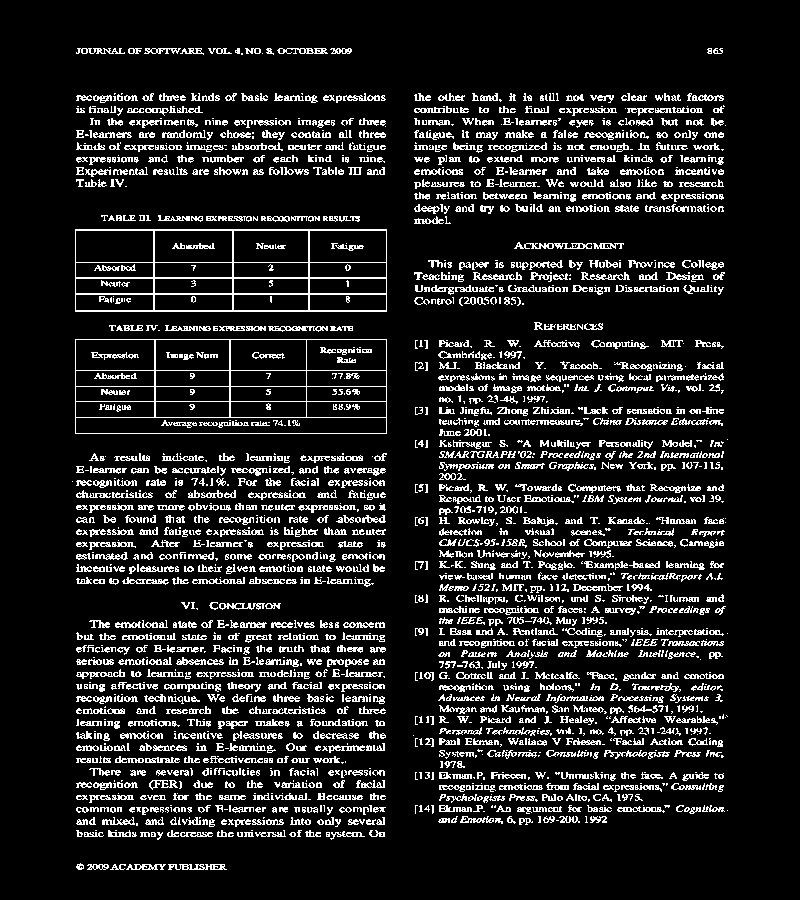
// Create the images that will use to extract the horizonta and vertical lines Mat horizontal = bw.clone(); Mat vertical = bw.clone(); int scale = 15; // play with this variable in order to increase/decrease the amount of lines to be detected // Specify size on horizontal axis int horizontalsize = horizontal.cols / scale; // Create structure element for extracting horizontal lines through morphology operations Mat horizontalStructure = getStructuringElement(MORPH_RECT, Size(horizontalsize,1)); // Apply morphology operations erode(horizontal, horizontal, horizontalStructure, Point(-1, -1)); dilate(horizontal, horizontal, horizontalStructure, Point(-1, -1));// dilate(horizontal, horizontal, horizontalStructure, Point(-1, -1)); // expand horizontal lines // Show extracted horizontal lines imshow("horizontal", horizontal);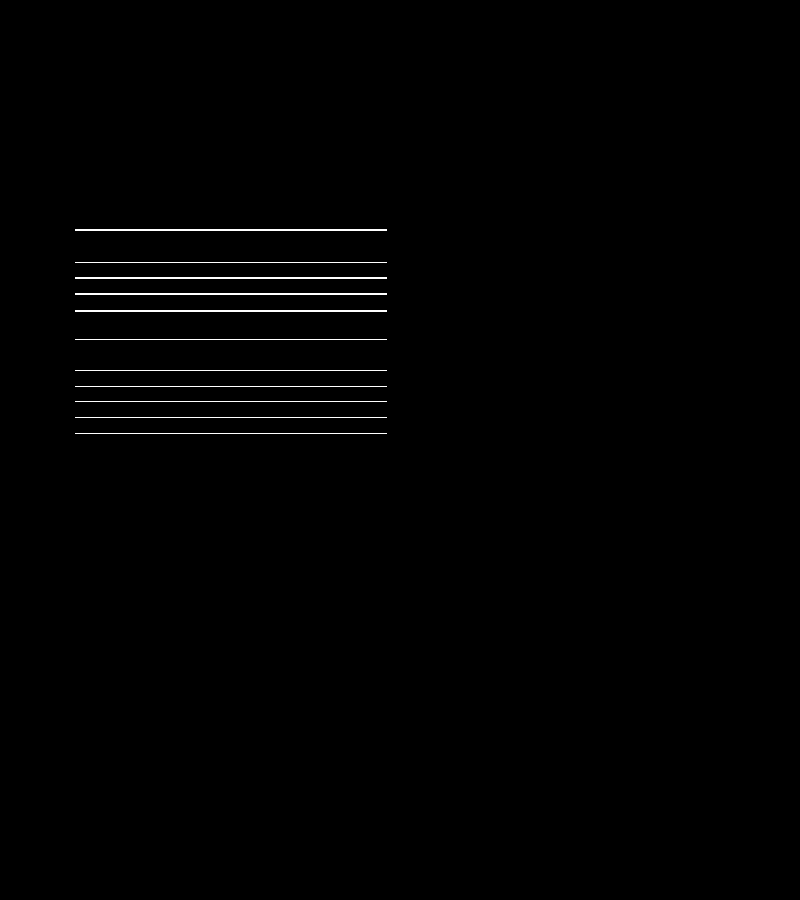
// Specify size on vertical axis int verticalsize = vertical.rows / scale; // Create structure element for extracting vertical lines through morphology operations Mat verticalStructure = getStructuringElement(MORPH_RECT, Size( 1,verticalsize)); // Apply morphology operations erode(vertical, vertical, verticalStructure, Point(-1, -1)); dilate(vertical, vertical, verticalStructure, Point(-1, -1));// dilate(vertical, vertical, verticalStructure, Point(-1, -1)); // expand vertical lines // Show extracted vertical lines imshow("vertical", vertical);
// create a mask which includes the tables Mat mask = horizontal + vertical; imshow("mask", mask);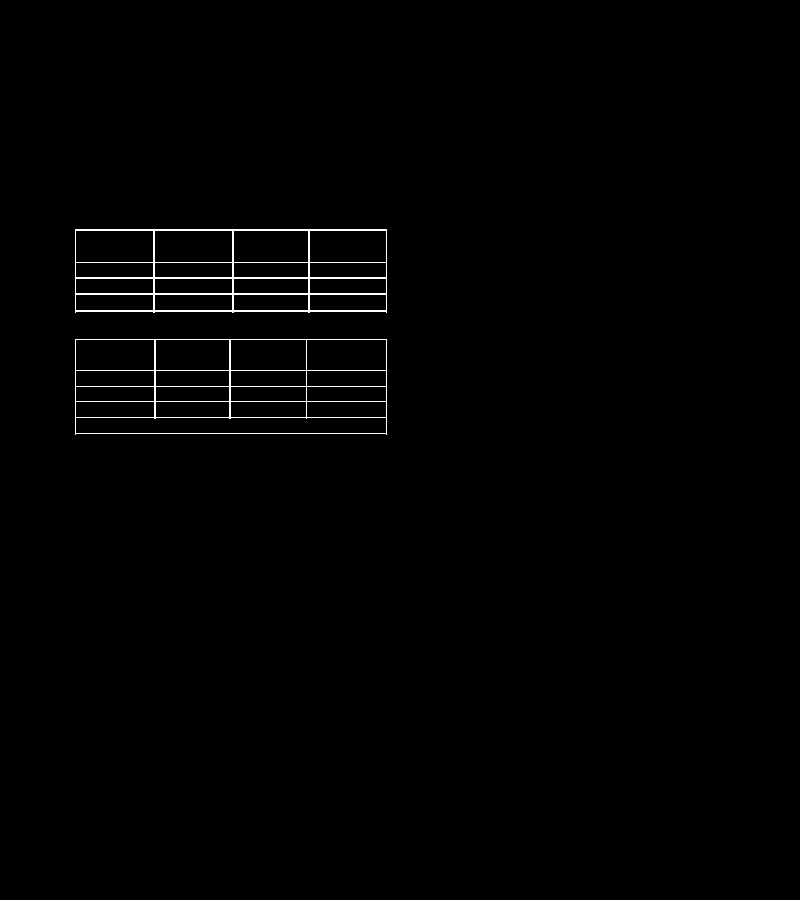
// find the joints between the lines of the tables, we will use this information in order to descriminate tables from pictures (tables will contain more than 4 joints while a picture only 4 (i.e. at the corners)) Mat joints; bitwise_and(horizontal, vertical, joints); imshow("joints", joints);
// Find external contours from the mask, which most probably will belong to tables or to images vector<Vec4i> hierarchy; std::vector<std::vector<cv::Point> > contours; cv::findContours(mask, contours, hierarchy, CV_RETR_EXTERNAL, CV_CHAIN_APPROX_SIMPLE, Point(0, 0)); vector<vector<Point> > contours_poly( contours.size() ); vector<Rect> boundRect( contours.size() ); vector<Mat> rois; for (size_t i = 0; i < contours.size(); i++) { // find the area of each contour double area = contourArea(contours[i]);// // filter individual lines of blobs that might exist and they do not represent a table if(area < 100) // value is randomly chosen, you will need to find that by yourself with trial and error procedure continue; approxPolyDP( Mat(contours[i]), contours_poly[i], 3, true ); boundRect[i] = boundingRect( Mat(contours_poly[i]) ); // find the number of joints that each table has Mat roi = joints(boundRect[i]); vector<vector<Point> > joints_contours; findContours(roi, joints_contours, RETR_CCOMP, CHAIN_APPROX_SIMPLE); // if the number is not more than 5 then most likely it not a table if(joints_contours.size() <= 4) continue; rois.push_back(rsz(boundRect[i]).clone());// drawContours( rsz, contours, i, Scalar(0, 0, 255), CV_FILLED, 8, vector<Vec4i>(), 0, Point() ); rectangle( rsz, boundRect[i].tl(), boundRect[i].br(), Scalar(0, 255, 0), 1, 8, 0 ); } for(size_t i = 0; i < rois.size(); ++i) { /* Now you can do whatever post process you want * with the data within the rectangles/tables. */ imshow("roi", rois[i]); waitKey(); }

imshow("contours", rsz);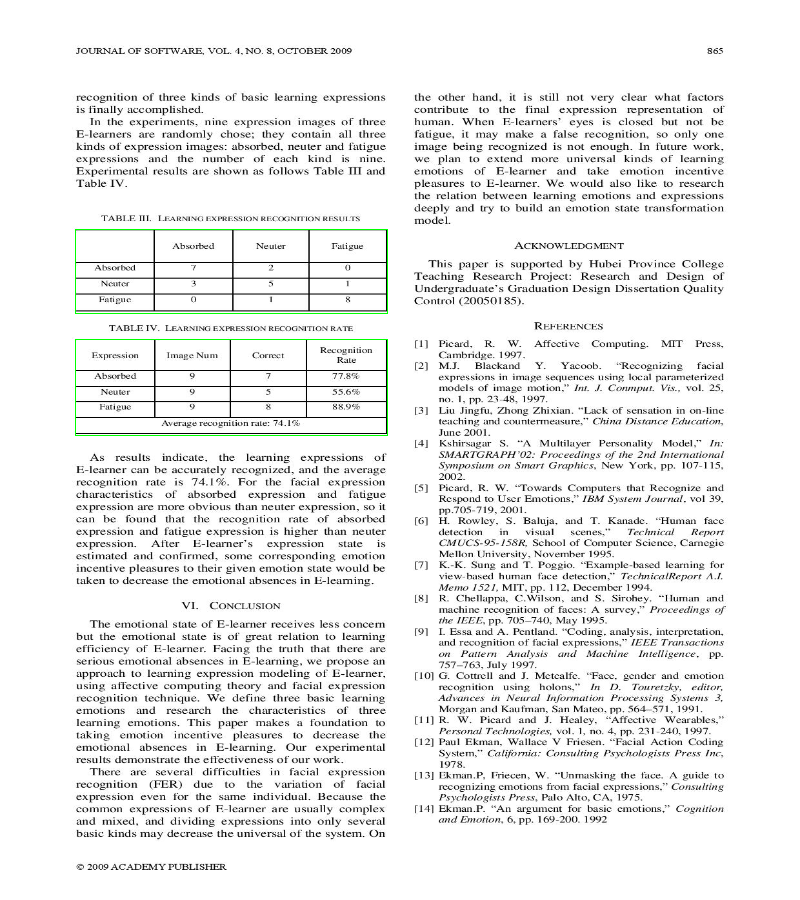
waitKey(); return 0;}Of course you will need to try it by yourself and apply any modifications that might be needed depending on your dataset. Enjoy ;-).
3 0
- opencv3.0.0 识别表格
- 安卓使用opencv3.0.0实现人体识别
- 【OpenCV3】HOG+SVM目标识别
- 身份证号码识别 Opencv3.3.0(C++)
- Android OpenCV 人脸识别 Opencv3.1
- python opencv3人脸识别(windows)
- python基于openCV3的人脸识别
- Qt5.8&opencv3.2&人脸识别
- <虹膜识别>1.opencv3同心圆的提取
- 基于opencv3实现运动物体识别
- opencv3+Zbar识别二维码--梯度运算
- 基于SVM的分类识别 opencv3.1.0
- OpenCV3.3.1的人脸识别
- python2.7+opencv3.1人脸识别
- 人脸识别(2)--Python3.6+OpenCV3.2识别实例
- opencv学习(十)(opencv3.0.0+VS2012+win7)打开摄像头并且进行人脸识别的例子
- Ubuntu 安装OpenCV3.0.0
- opencv3.0.0环境搭建
- 安卓手机兼职教程,下载应用试玩,每天2小时50块
- 顺序查找_Java
- php操作memcache
- LeetCode (Sort Colors)
- [OpenResty动态] 201705微信群
- opencv3.0.0 识别表格
- 利用fastjson解析即信语音json
- 友盟错误日志统计没有数据的问题
- 深入了解spring的ioc
- Arraylist动态扩容详解
- 折半查找_Java
- java调用HbaseAPI管理Hbase权限
- SpringBoot--使用redis缓存(1)
- easyui正则验证各种数据格式


